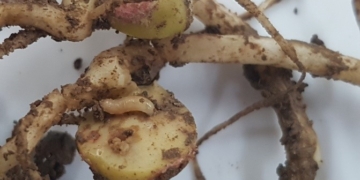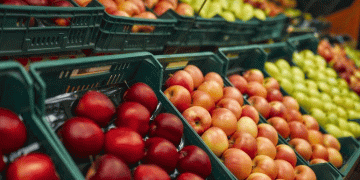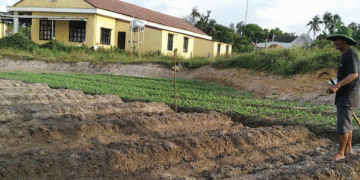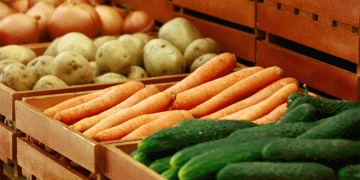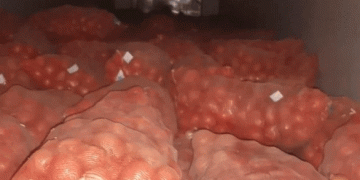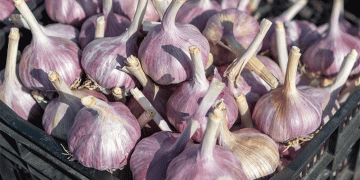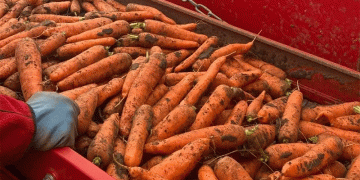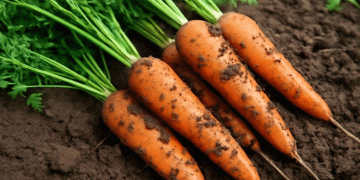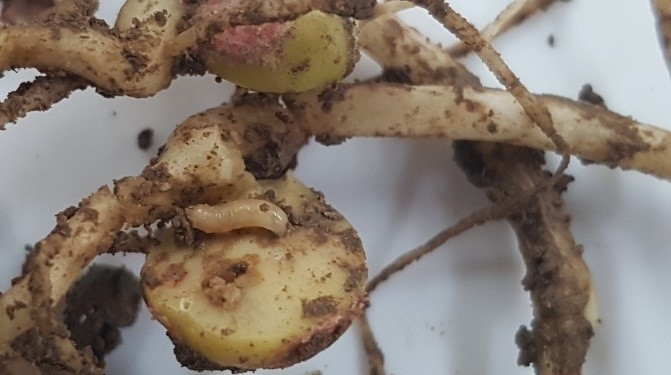Due to the loss of plant protection products, bean seed fly is becoming increasingly difficult for growers to control.
Adult flies are 6mm long and resemble house flies. It is closely related to the cabbage root fly and onion fly. They become active from May onwards and deposit eggs in the soil. Its larvae (grubs) feed on the seeds and roots of beans and a wide range of crops, affecting more than 40 different host plants, including onions, lettuces, spinach, brassicas, cucurbits and sweet corn.
It attacks during germination, eating its way through the seed, reducing emergence and causing serious economic losses. They can occur as secondary pests and have a wide geographic distribution.
AHDB’s Strategic Centre for field vegetables – peas and beans based in Lincolnshire, is currently looking at methods of controlling and monitoring bean seed fly due to its increasing impact on beans and other crops.
Cultivation trial
A survey of pea crops carried out in 2019 by PGRO, Swaythorpe Growers and Stemgold Peas indicated that the period between spring cultivation and drilling peas was an important factor affecting damage to plants by bean seed fly larvae, with a period of around 14 days leading to reduced damage levels compared to cultivations taking place at the same time as drilling. This finding is supported by literature that cites conservation tillage and reduced cultivations to help manage damage to crops by bean seed fly larvae.
This trial aimed to determine whether cultivation timing may be used as a cultural method to help manage damage to crops by bean seed fly larvae, and the minimum period between cultivation and drilling to lead to optimum reduction of damage.
Trial results
A period of at least seven days between cultivation and drilling vining peas helped reduce damage to vining peas from bean seed fly larvae. At earlier crop growth stages, damage was reduced from 19.87% to 1.06% by leaving a period of 21 days, saving approximately £350 per hectare in potential losses.
App development
On behalf of the Strategic Centres for peas and beans, PGRO has developed an app which now includes a section in which growers and agronomists can record the incidence of bean seed fly larvae in any crop. This provides information about the distribution of the bean seed fly across the UK in all affected crops and will help the development of solutions to combat the pest.
Grower support
Due to the increasing impact of bean seed fly, there is a lot of interest in the pest amongst growers and the industry. AHDB, Warwick Crop Centre and PGRO held a meeting on 9th December with growers and industry to provide up-to-date information from recent studies on how to control bean seed fly that have been undertaken this year.
AHDB and PGRO are also jointly funding a PhD by Warwick student – Becca McGowan who is conducting research into methods of controlling bean seed fly
Presentations are available on the Warwick Crop Centre website
Bean seed fly activity has been monitored closely this season, with results available in the Pest Bulletin.
